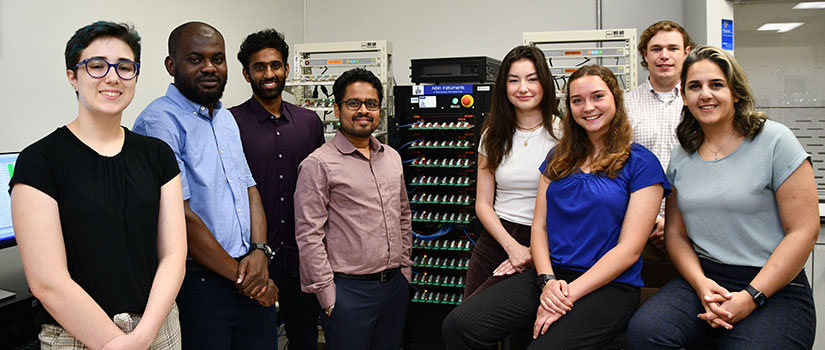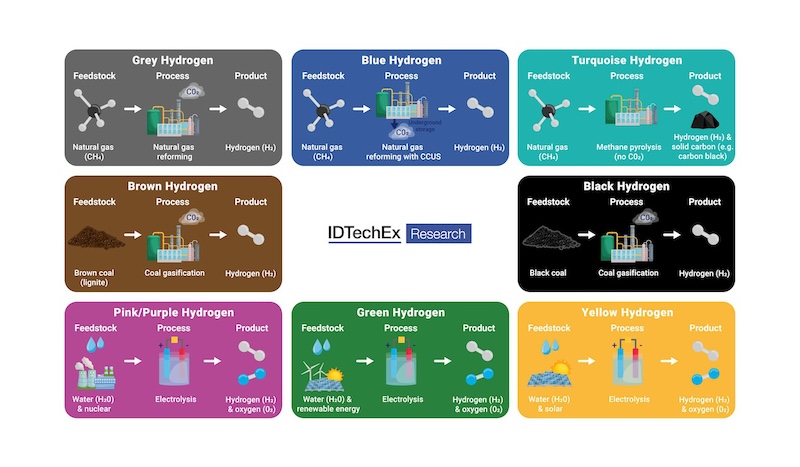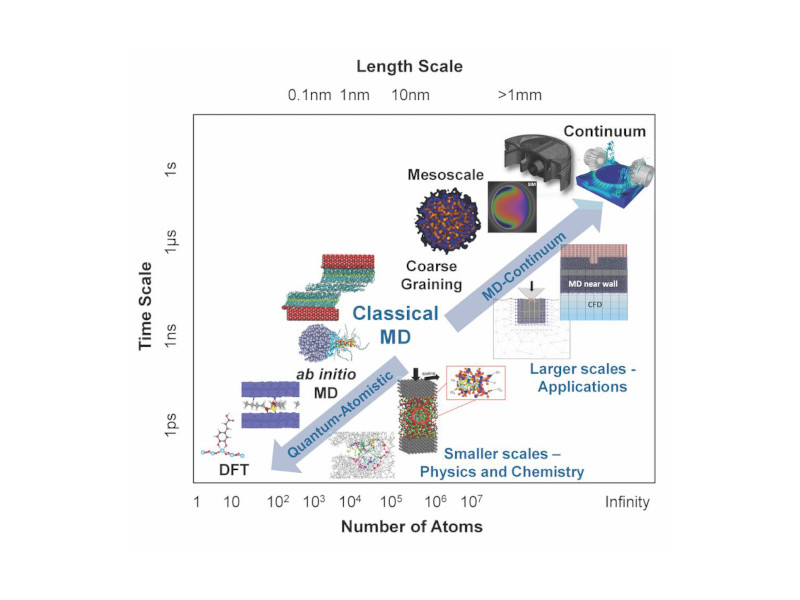Industries are shifting to DSM, using strategies like smart energy storage systems and solar installations for improved energy efficiency
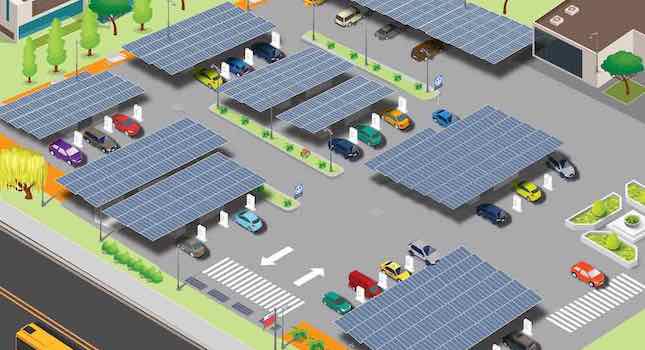
Learning Objectives
- Explore the integration of smart meters, communication networks and data management systems for comprehensive energy monitoring.
- Gain an understanding of the challenges associated with nontraditional demand-side management (DSM).
- Develop a new perspective on stranded assets, such as parking lots and rooftops.
Demand-side management (DSM) insights
- This article explores examples of nontraditional demand-side management (DSM) techniques, comparing them to traditional methods and highlighting the associated risks and benefits.
- There are four key areas in which the energy market has changed, giving the consumer more power over the use of electricity.
In recent times, with the rise of artificial intelligence, advanced communication, storage technology and the commercialization of solar technology, nontraditional demand-side management (DSM) options have emerged. These innovative techniques can produce significant results in distinct ways.
The energy markets have changed in four ways over the years, with smart metering enabling the billing of total energy, time of use and peak power.
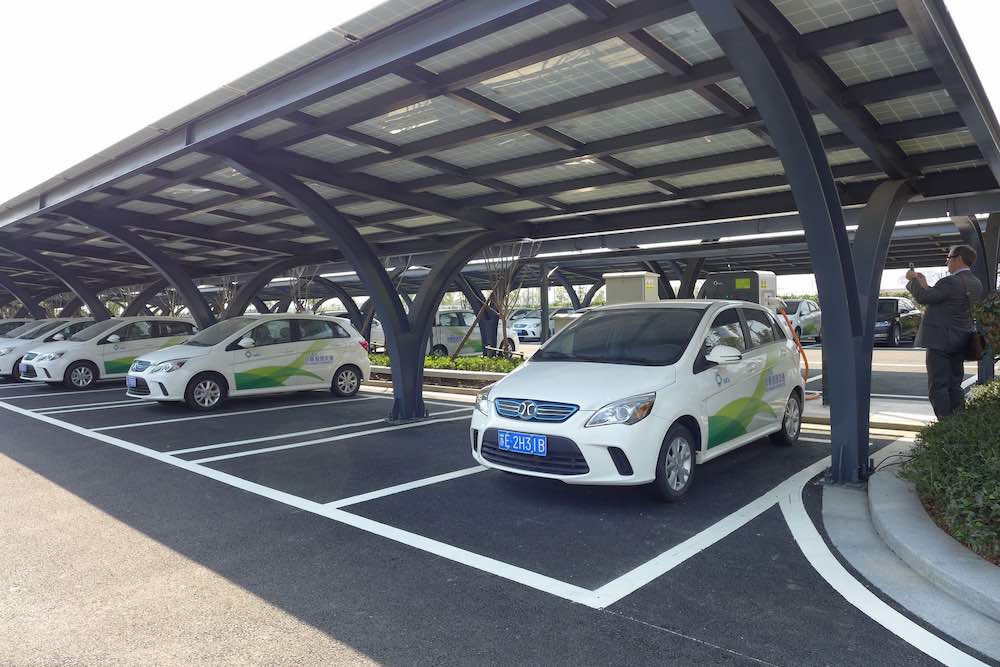
1. Transforming stranded assets into renewable energy generators
Stranded assets such as parking lots and rooftops can be converted into valuable energy-producing areas by installing solar photovoltaic panels. These solar panels have the capacity to generate megawatts of electricity on-site, reducing the need to purchase energy from the grid — particularly during peak daylight hours when energy prices may be higher. Recently, Six Flags Magic Mountain initiated a groundbreaking 12.37-megawatt solar carport, described as California’s largest solar energy project.
2. Leveraging energy storage to reduce peak demand and charges
The challenge with solar is that it’s not always sunny and the energy may not be needed when solar production is at its highest. This lack of dispatchability in solar production can be addressed by coupling it with energy storage systems, such as batteries or thermal storage. These systems can be charged during periods of low energy demand and discharged during peak demand periods This helps shave off the peaks of energy demand, optimizing load levels to achieve a higher load factor (the load factor is calculated as peak power divided by average power), which can result in lower utility bills. Many utilities charge higher rates during peak times for both peak power and energy.
By reducing peak demand, facilities can avoid or minimize demand charges, which are calculated based on the highest level of power drawn (typically over a 15-minute rolling window) during a billing period. Energy storage can further enhance the reliability of the power supply and provide backup power during outages, which is critical for many industrial processes or to prevent brownouts.
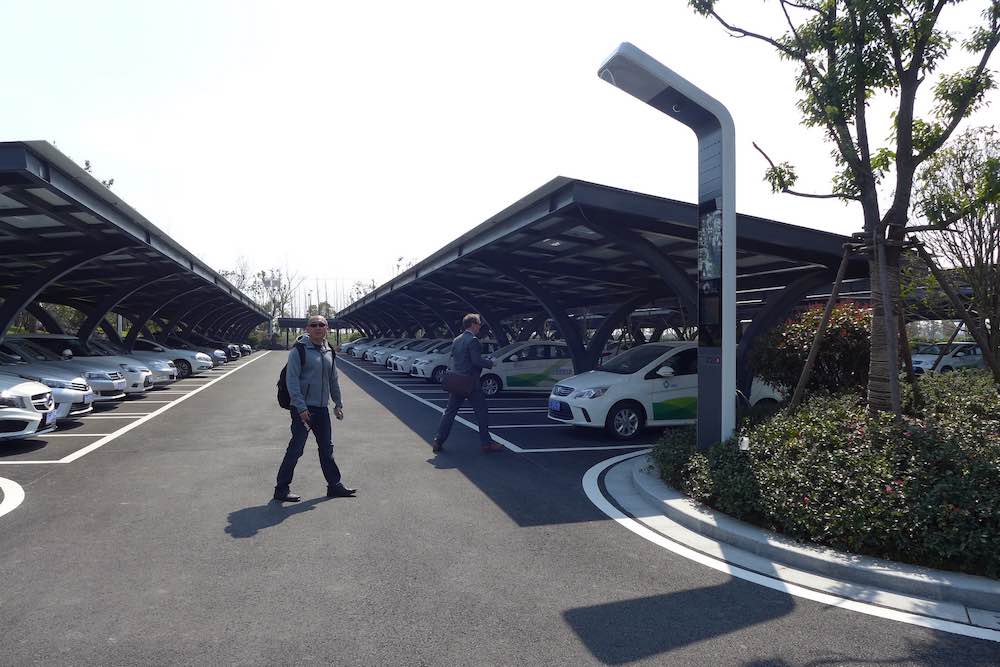
3. Participating in demand-response programs
Nontraditional DSM often involves integration with smart grids, which can provide real-time data on energy consumption and enable more sophisticated energy management strategies. Facilities can participate in demand-response programs, wherein they agree to reduce their energy consumption or deploy battery-stored solar energy during periods of high demand on the grid in exchange for financial incentives.
This may involve automated systems that respond to signals from the utility to temporarily limit energy consumption by dispatching batteries, using stored thermal energy on-site, dimming lights, adjusting heating, ventilation and air conditioning settings or temporarily shutting down nonessential equipment.
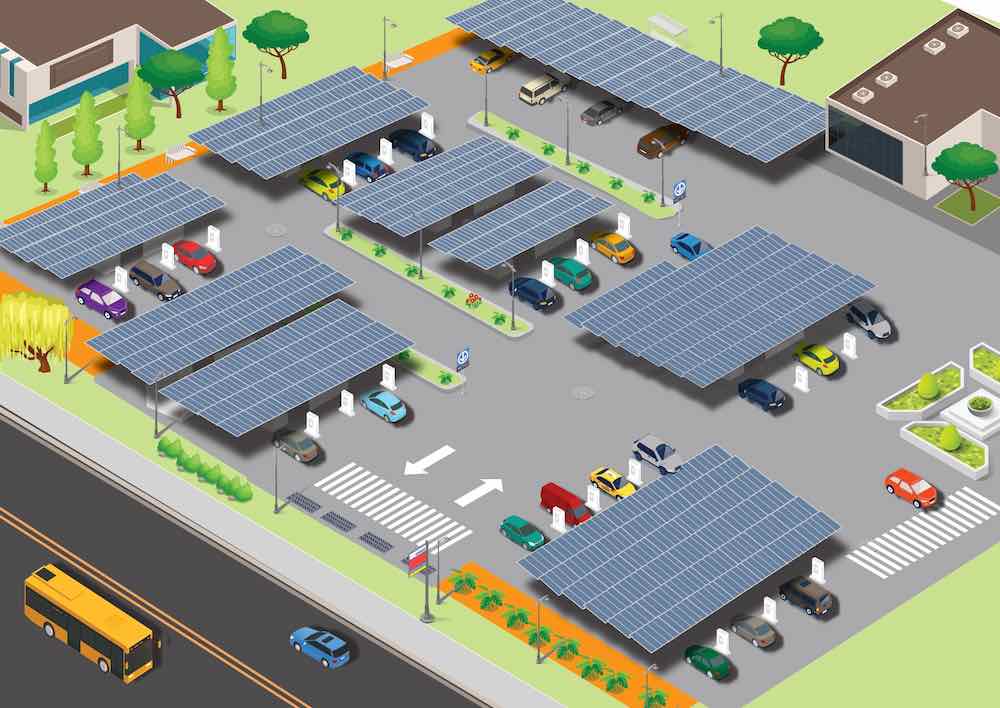
4. Optimizing energy use through monitoring, analytics and time-based dispatching
Energy monitoring involves the full integration of smart meters, communication networks and data management systems. For example, in industries attempting to electrify their fleets with forklifts, cars and trucks, the demand can potentially exceed the main service capacity. Energy monitoring and control can monitor the services on the main feed and can dispatch or curtail charging infrastructure based on the loading of these lines, thereby enabling more efficient use of existing assets.
Additional considerations for DSM
While nontraditional DSM strategies can yield significant benefits, there are some pitfalls to consider before proceeding. The first challenge lies in the high initial investment costs associated with many of these technologies. Although this aspect can be stifling, it is important to note that there are continually new incentives, rebates and financing options that can help offset the initial costs. Additionally, exploring options such as energy service companies that offer performance contracting and front-load the costs can be a viable approach.
The second challenge concerns the complexity of integrations. Nontraditional DSM methods are often more intricate than jobs such as a simple lighting retrofit. They demand thorough planning and consideration of the variables. For instance, solar installations on rooftops or parking lots may need a seismic and geotechnical assessment to ensure the surface can support the additional weight.
The third challenge is investing in the wrong technology or opting for a technology that may become obsolete and is costly to upgrade. While all technology eventually becomes obsolete, careful consideration is essential to ensure it can be managed in a manner that won’t require a complete overhaul shortly after the project is complete.
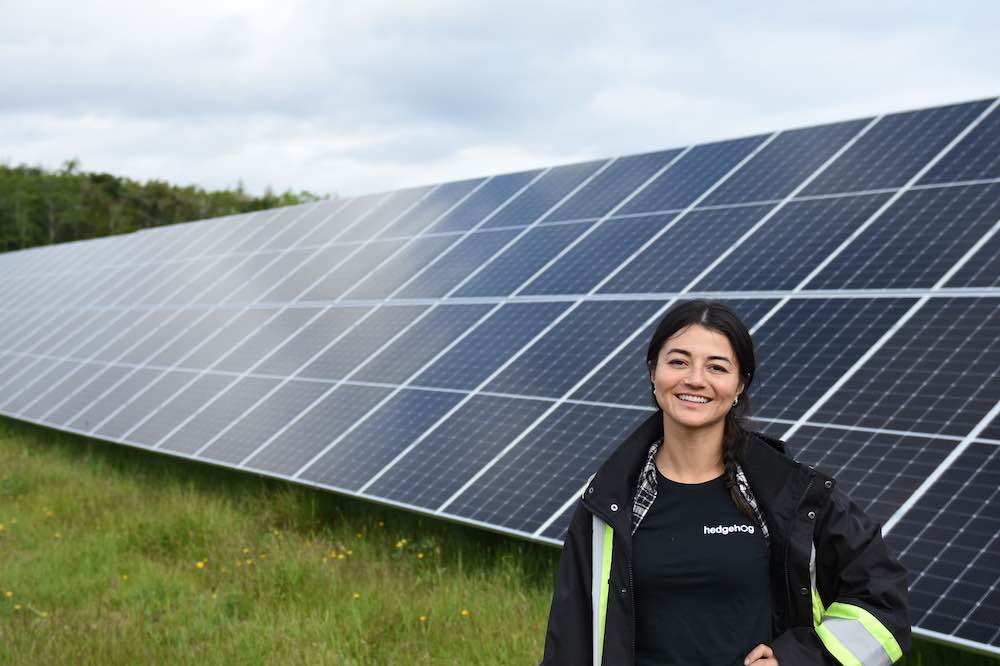
Nontraditional DSM is the future
Overall, nontraditional DSM techniques hold the promise of achieving energy reduction and efficiency, resulting in cost savings on production and a reduced carbon footprint. Regardless of the goal, these options are going to play an increasingly important role in addressing the energy efficiency and conservation needs of a plant.

